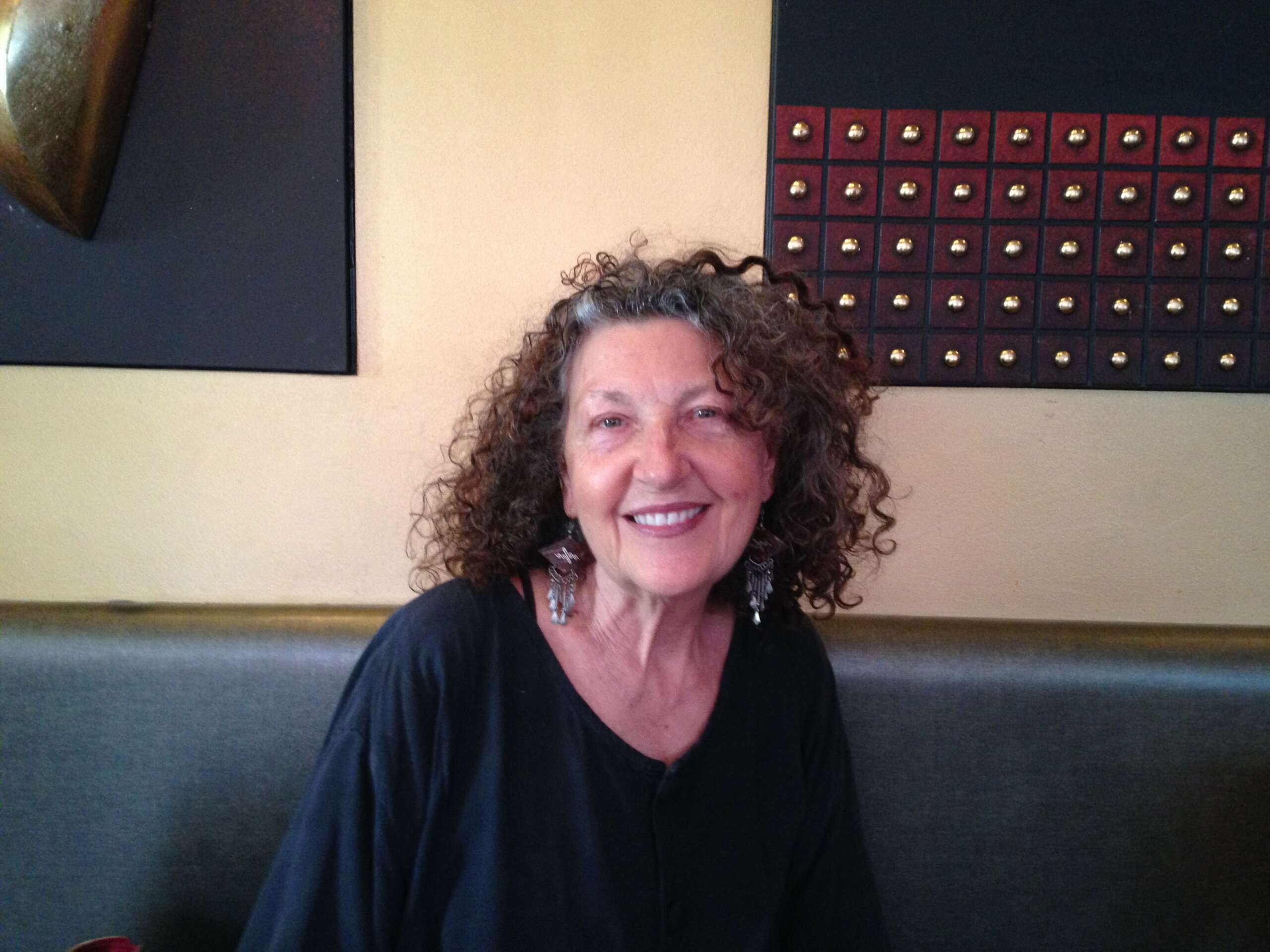We recently connected with Silvana Tei Kenney and have shared our conversation below.
Silvana, appreciate you joining us today. How did you learn to do what you do? Knowing what you know now, what could you have done to speed up your learning process? What skills do you think were most essential? What obstacles stood in the way of learning more?
My love for beauty and art was something I felt since youth. I enjoyed painting, and as a ten years old student, I won a competition reproducing a Modigliani painting
I took some art classes in junior college and loved the experience to go to galleries. Later, I started teaching my children some art while I was homeschooling them. I noticed that one block of clay had hardened, and since I had some wood carving tools, i started chipping away. That was my first experience with sculpture. I did not only enjoy the process, I was surprised by the result; actually i created a nice little sculpture. It was relaxing, almost therapeutical. I bought more clay and started creating small clay sculptures that remained unfired.
I decided to return to school and pursue more education and i began taking a few classes starting with 3D lab. That began my journey of studying art and improving my craft. Looking back, I wish that I had been able to pursue my education in art in Italy since every day I passed the Academy of Art where young people had models and were able to work with marble at a young age. I am grateful that, when I came to the United States, I had the opportunity to follow my passion. At the University where I studied, I had amazing professors who had professional careers, discovered new materials, and were in Art Magazines. They did not squeeze me into a mold, but encouraged me by introducing me to the masters and art history. I had my own studio where I was able to pursue with their guidance Installation work, public art, and performance
The financial aspect as an artist, can be a challenge, but i i learned that I could write a grant for my MA final installation project, that incorporated finding a contractor to install my public work in a building with very high ceiling.
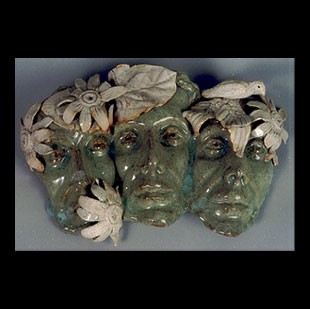
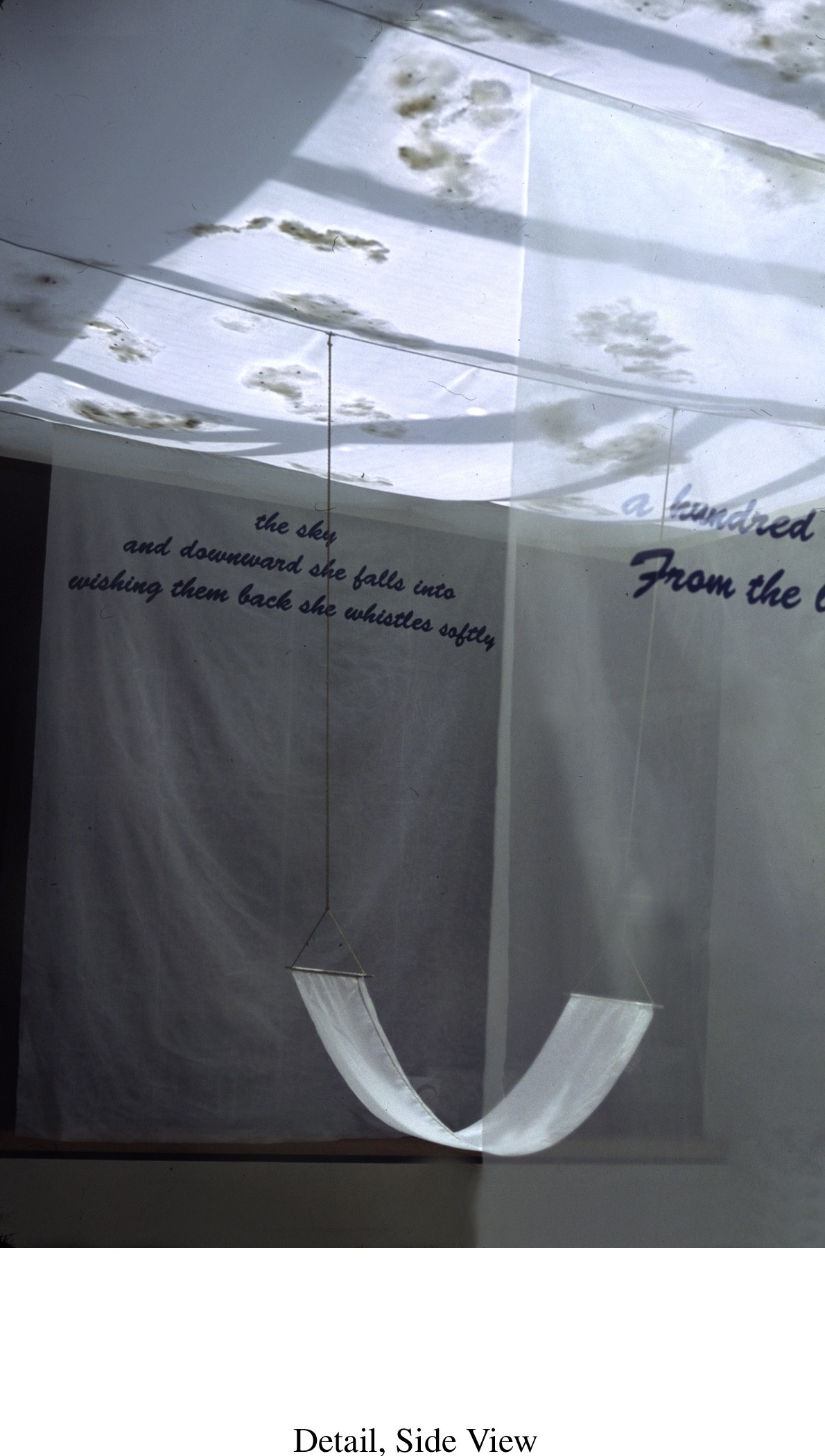
Awesome – so before we get into the rest of our questions, can you briefly introduce yourself to our readers.
As I mentioned above, I discovered my passion for sculpture quite by accident, but it became a life long search for meaning and purpose.. I worked with clay, bronze casting, installation art and performance;. All have given me great satisfaction and an opportunity to express what is important to me. Creating beauty with order, finding truth, spiritual healing and growth stand as my concerns. My work becomes a meditation on life; it is an expression of my faith, my love for people and relationships
The materials I use are specific to the work of art, I created a “Revisited Series” that are bronze miniatures reproductions of large works of masters, like Isamu Noguchi’s , Henry Moore’s Matisse’s , Judi Chicago’s, and Niki de Saint Phalle’s . “My Memories in bronze” are cemetery markers that have been created as one of a kind bronze markers for the family. In the Medici Chapel in Tuscany, I created a large installation of drawings for celebrating the life of a young man The installation incorporated a video and other materials, In another large installation, inspired by a Korean poet, I used textile.
I can create works for commissions in bronze, hydrostone or other materials depending on the financial ability and taste of the clients. I work closely with them to provide works that are meaningful to them, that they will enjoy for years.
In the summer of 2006, I participated in two volunteer restoration projects. One was in Provence, France and the other in Puglia, Southern Italy. In the later one, I created an installation in a cave with participation of the other volunteers. It was an amazing challenge, because I used almost all that was in the cave except for a couple of objects. It was awesome to experience the response of the participants, and so satisfying to be creative in such a manner.
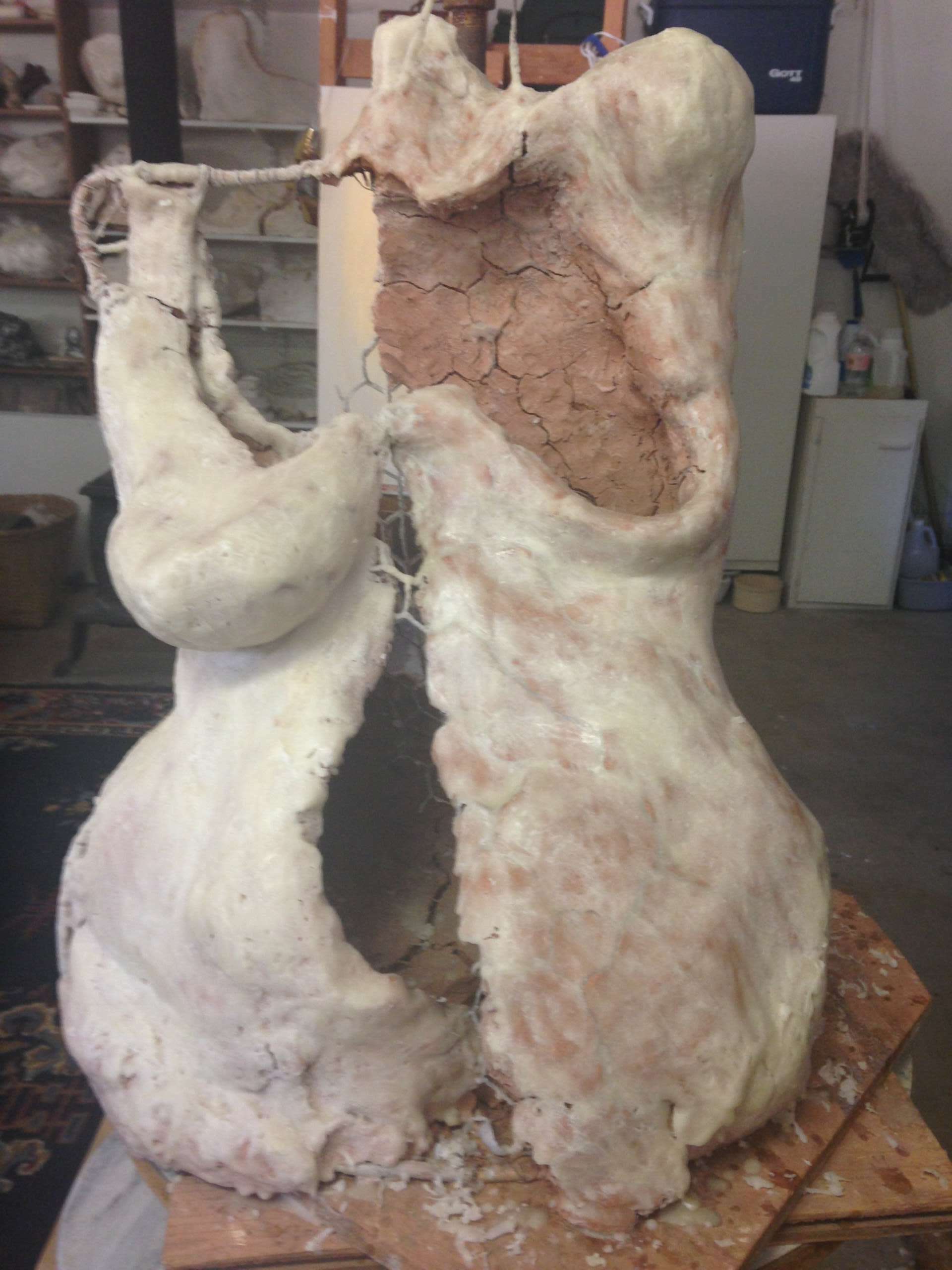
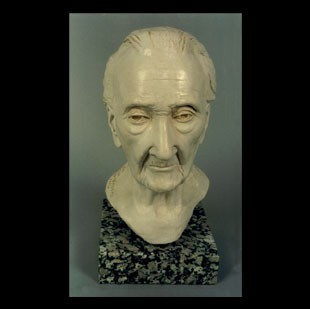
Do you think there is something that non-creatives might struggle to understand about your journey as a creative? Maybe you can shed some light?
Unfortunately the arts are not valued as they should be. The creative process demands much time of just being, time for thinking, meditating, privacy, silence, isolation, studying, self discipline, researching and financial stress. The demands of life with its many practical and necessary ‘distractions,’ can hinder the creative process. At times, I abandoned an idea for lack of the necessary time, financial ability and space to pursue its creative expression. Creatives understand creatives, and the necessary demands of the commitment to create are not always rewarded. I myself thought, erroneously, that what I was doing was not as important as other tasks. I had to talk it over with mentors, or fellow artists, to get refocused on the importance of creating. I recently discovered what I want to do with my art is to love ‘my neighbor.’ It might sound corny, but I saw what happened when I presented a small unfinished sculpture to the person who commissioned it. Her response was:: “it is looking at me.” She felt that it was for her. It nurtured her; It did something to her soul. Wow, again that was eye opening! Art needs to be shared.
Sometimes, it can even feel that putting a price on a work of art becomes a chore. I will explain. How many hours did I spend on the work? How hard is it to even part from this work I created? Unless you are fortunate enough to get a gallery to represent you, or a promoter to believe in you, or a collector who loves what you do, you might feel isolated and unappreciated for all the efforts. And you might not feel validated for the value of it and service your product is offering. Non-creatives might not always appreciate completely all the time and energy you put in your work, so you need to be clear with yourself about your motives for doing art, and if you believe your work is worthy, honest and crafted with excellence, it will reflect that. We cannot cheat ourselves by undervaluing our work,
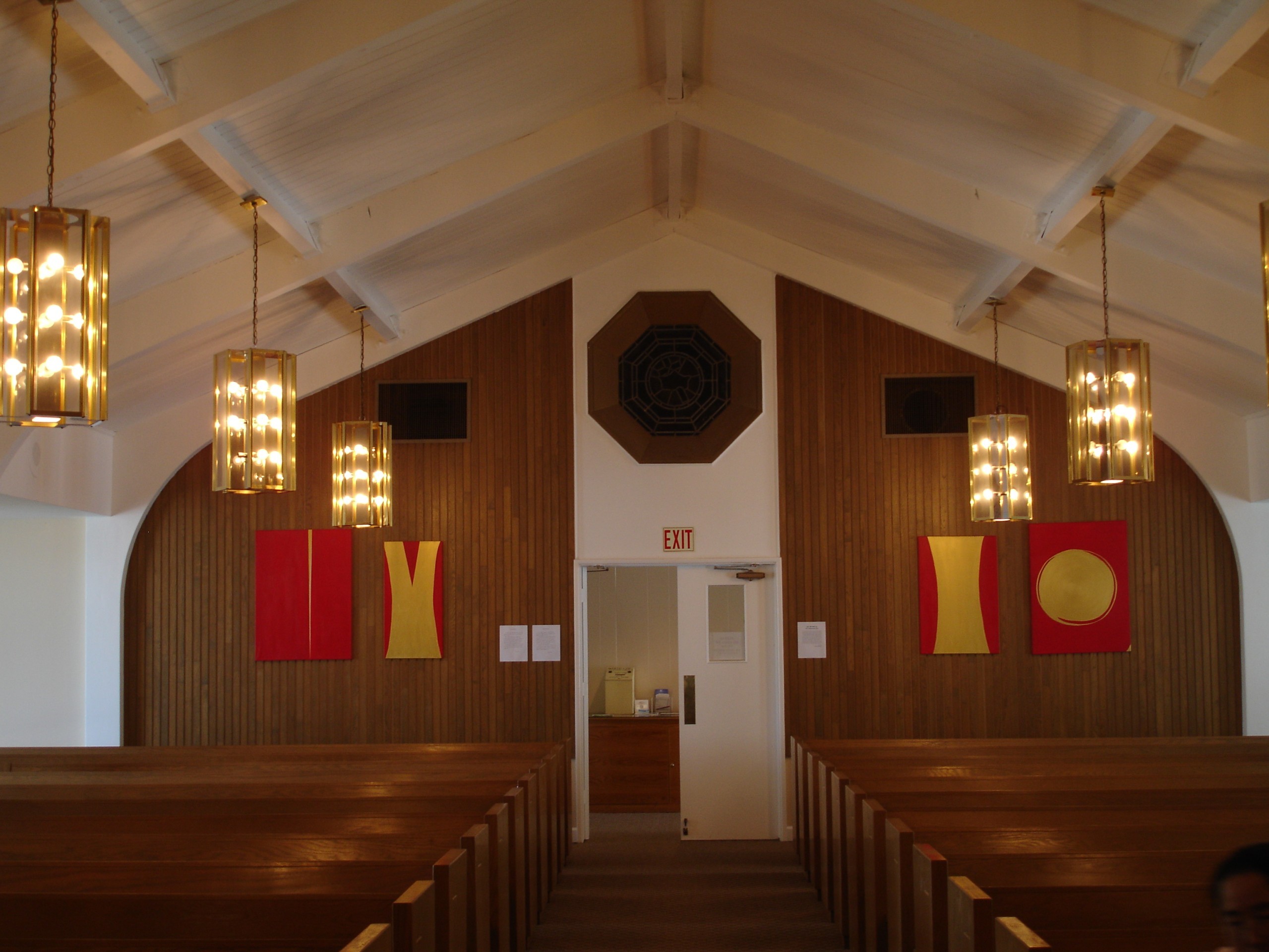
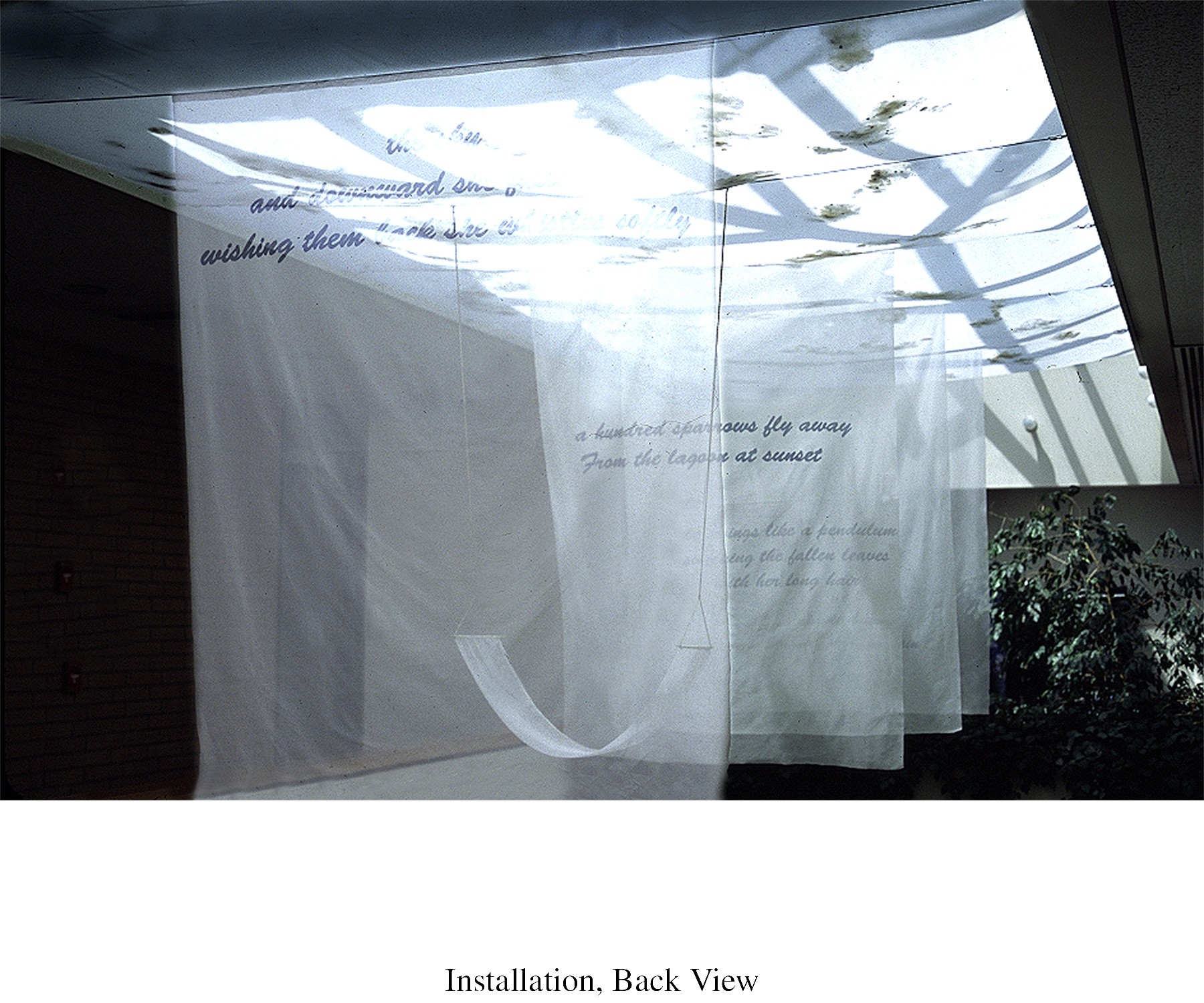
For you, what’s the most rewarding aspect of being a creative?
There are several rewarding aspects of being an artist. One of the benefits is to learn to problem solve. The challenges in creating are numerous and diverse depending on what you are making. Once you start a project, there are the internal doubts or insecurities that have to be conquered. Then you go to the ‘drawing board.’ When I was doing an installation to accompany a conference on the implication of ‘walls’ that separate people, whether internal or externals, I had to present the plans to a committee. I drew all the plans on my sketching workbook, with measurements, details of materials and various other elements. The project was successful, and it gave me so much satisfaction to have gone through it, All along, I was able to figure out how to surpass several obstacles, like how to carry heavy rocks and install fabric on a seventy feet long fence. Friends, family and other artists came to the rescue. It was an awesome experience. The installation was installed outsides, and it withstood the stresses of the elements for two weeks.
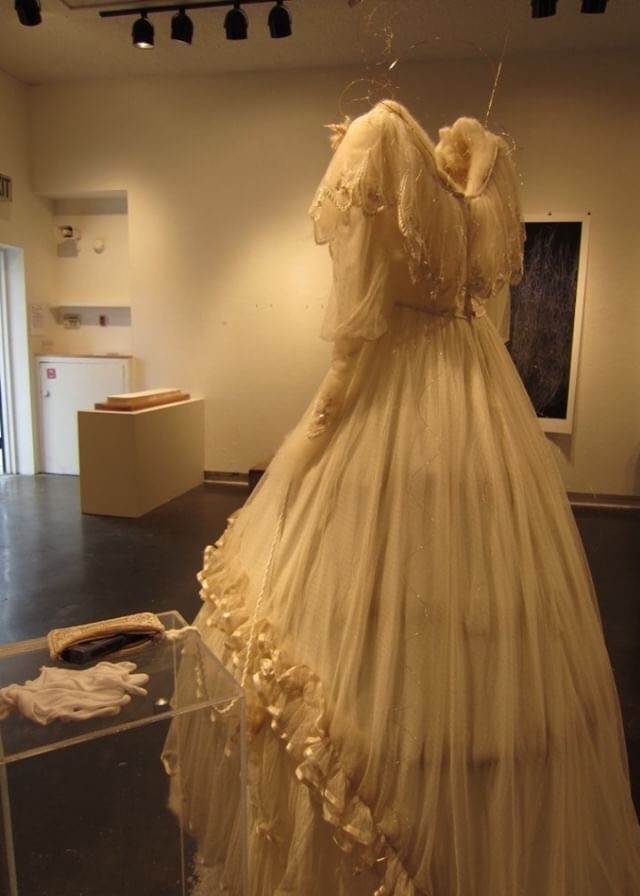

Contact Info:
- Website: www.silvanateikenney.com
- Instagram: silvanateikenney
- Facebook: Silvana.Tei.Kenney
Image Credits
SILVANA TEI KENNEY


